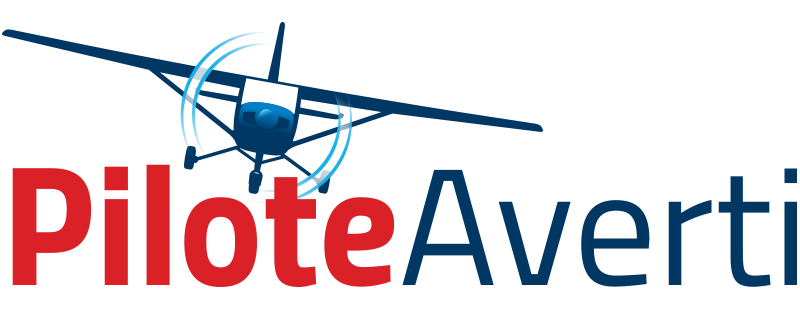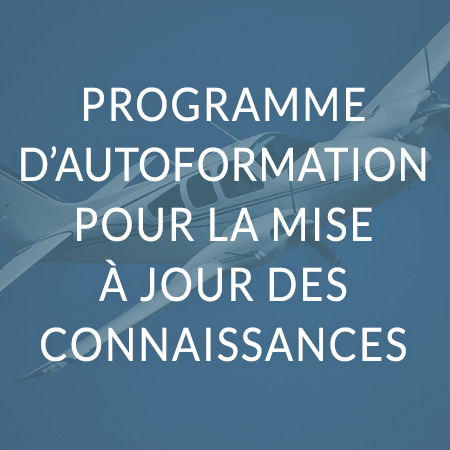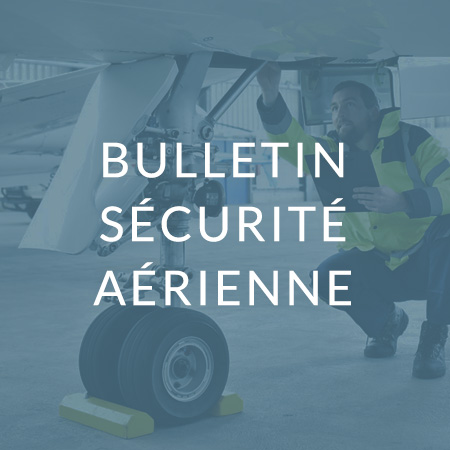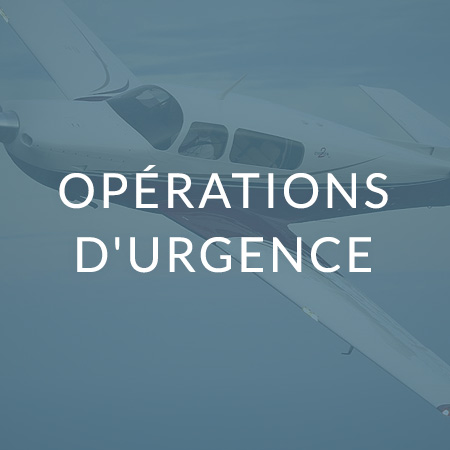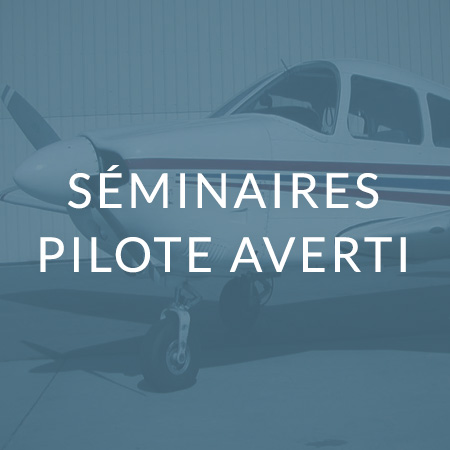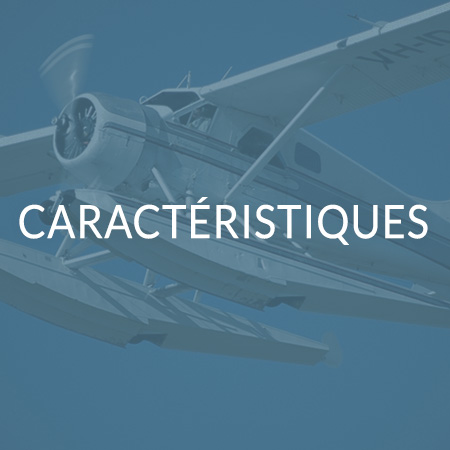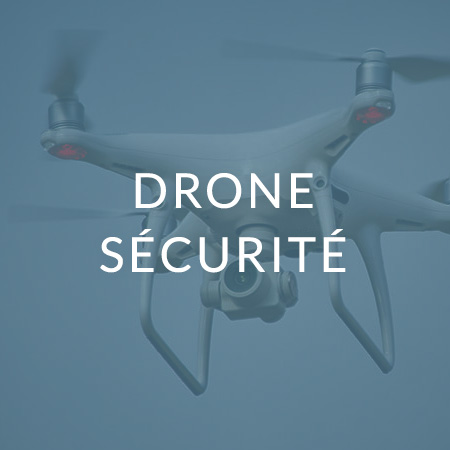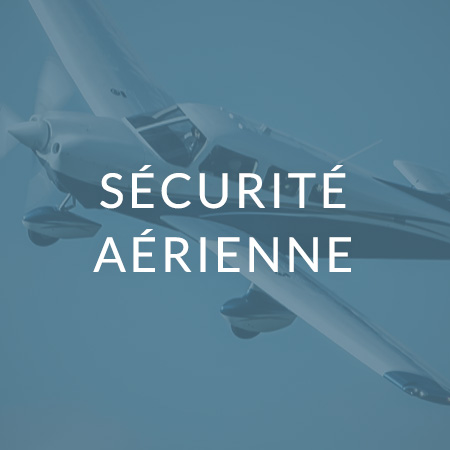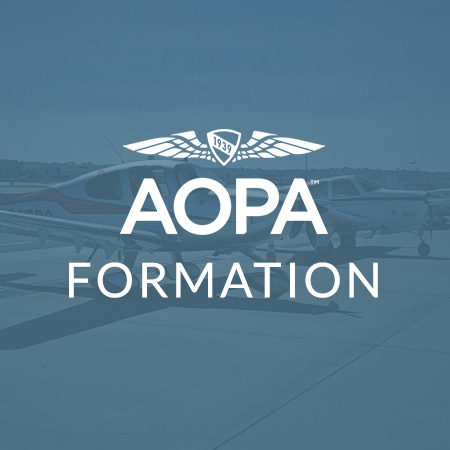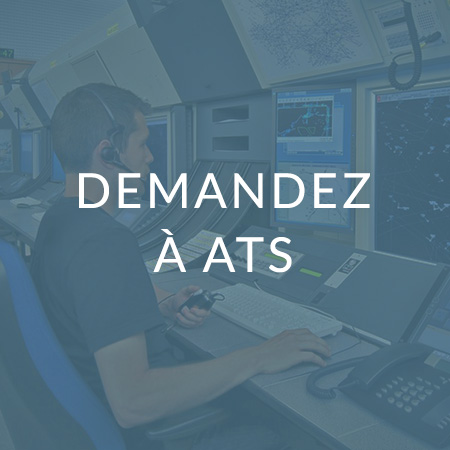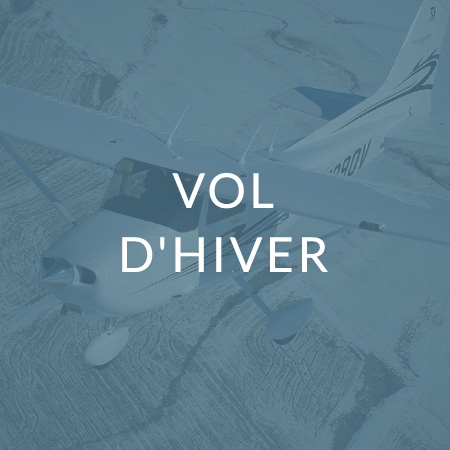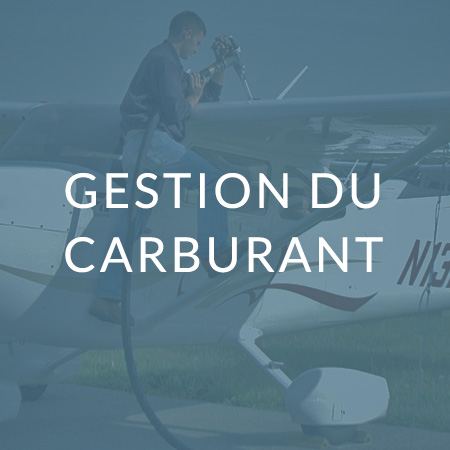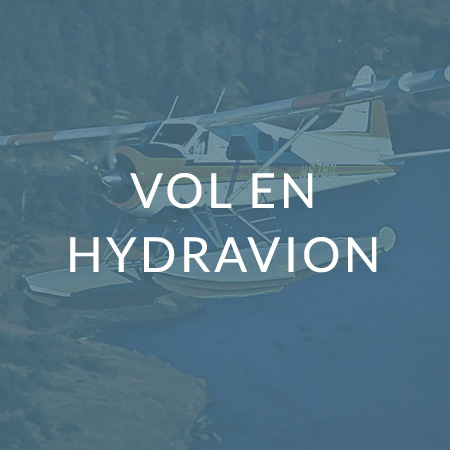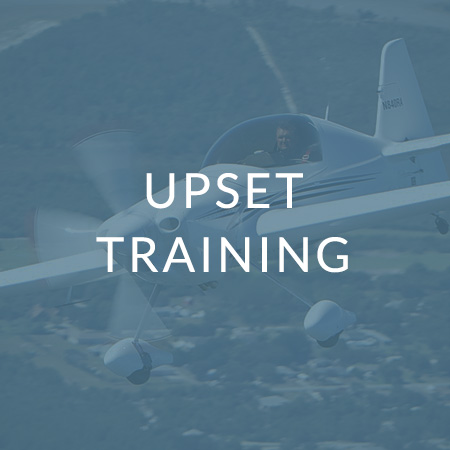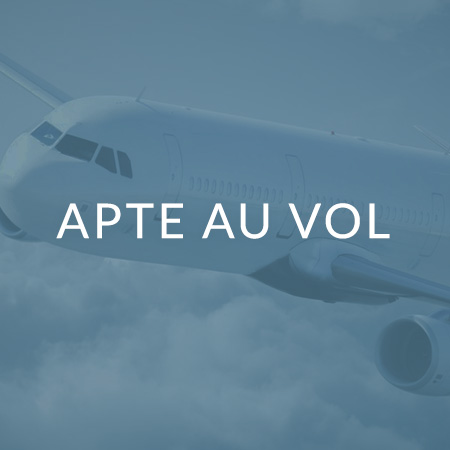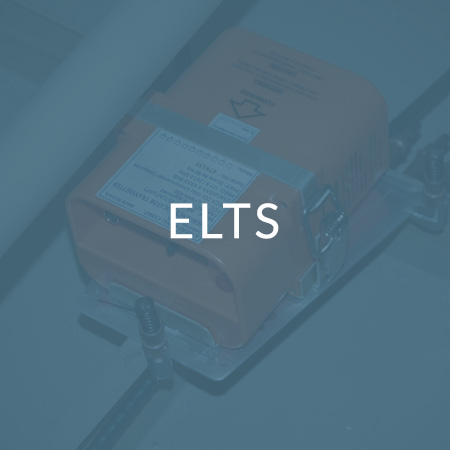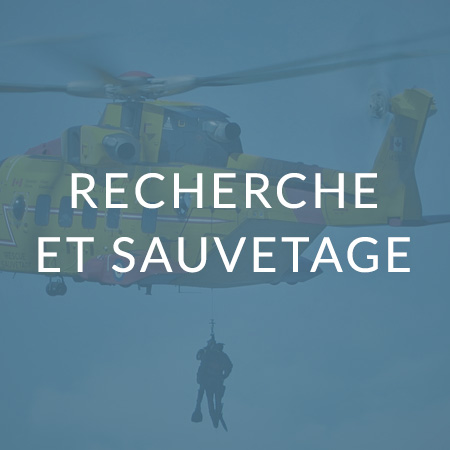To the letter - Re: GPS Navigation and Collision?
Am I the only pilot who believes there should be less fear of collision using the Global Positioning System (GPS)? First, the TSB links GPS to the Sioux Lookout collision, and now I see that a Mr. J. Tom Lockhart wrote to you that he will fly 0.1 NM to the side of GPS direct routes because he too fears a collision using GPS.
Maybe I'm blind, but I have been flying direct routes under visual flight rules (VFR) with GPS for the last four years and have experienced no increase in close calls. For collisions to occur, aircraft must be flying between the same waypoints at the same altitude.
Instrument flight rules (IFR) operations are not a problem. Air traffic controllers separate IFR flights from each other, and IFR and VFR flights are at different altitudes (except in climb or descent). GPS can't cause collisions in these situations.
Even for VFR, I believe there is less chance of a collision using GPS. Unless the departure runway heading is close to the direct course to my destination, I take up a direct course to my destination at some point after takeoff. I do not often follow the direct line between my origin and destination. The point at which I take up my course is different on each flight, even to the same destination, given the different winds, temperatures, climb speeds and rates, area traffic, and so on.
It is only if you are flying directly between navigation aids, such as when you are flying an airway or route, that there is an increased chance of collision under VFR, and then only if both aircraft are flying in the same direction, at the same altitude.
Going GPS direct will usually preclude following identical routes. In fact, there are more routes if we all fly GPS direct than if we stick to airways. The chance that another plane is flying the same route as I am is lowered, not increased, by GPS. Sure, our paths will cross from time to time, but GPS has no influence on this.
With GPS, coordination via radio with other traffic and air traffic controllers is more precise because the pilot has current and accurate position, speed and track information. I feel confident that other traffic will find me if I can give my position accurately. I know it helps me if other pilots do the same.
The real issue is how effectively we use air traffic services, flight service stations, our eyes, our radios and our brains. I do not fear more accurate navigation!
Mike Shaw
Ottawa, Ontario
Originally Published: ASL 3/1997
Original Article: To the letter - Re: GPS Navigation and Collision?
